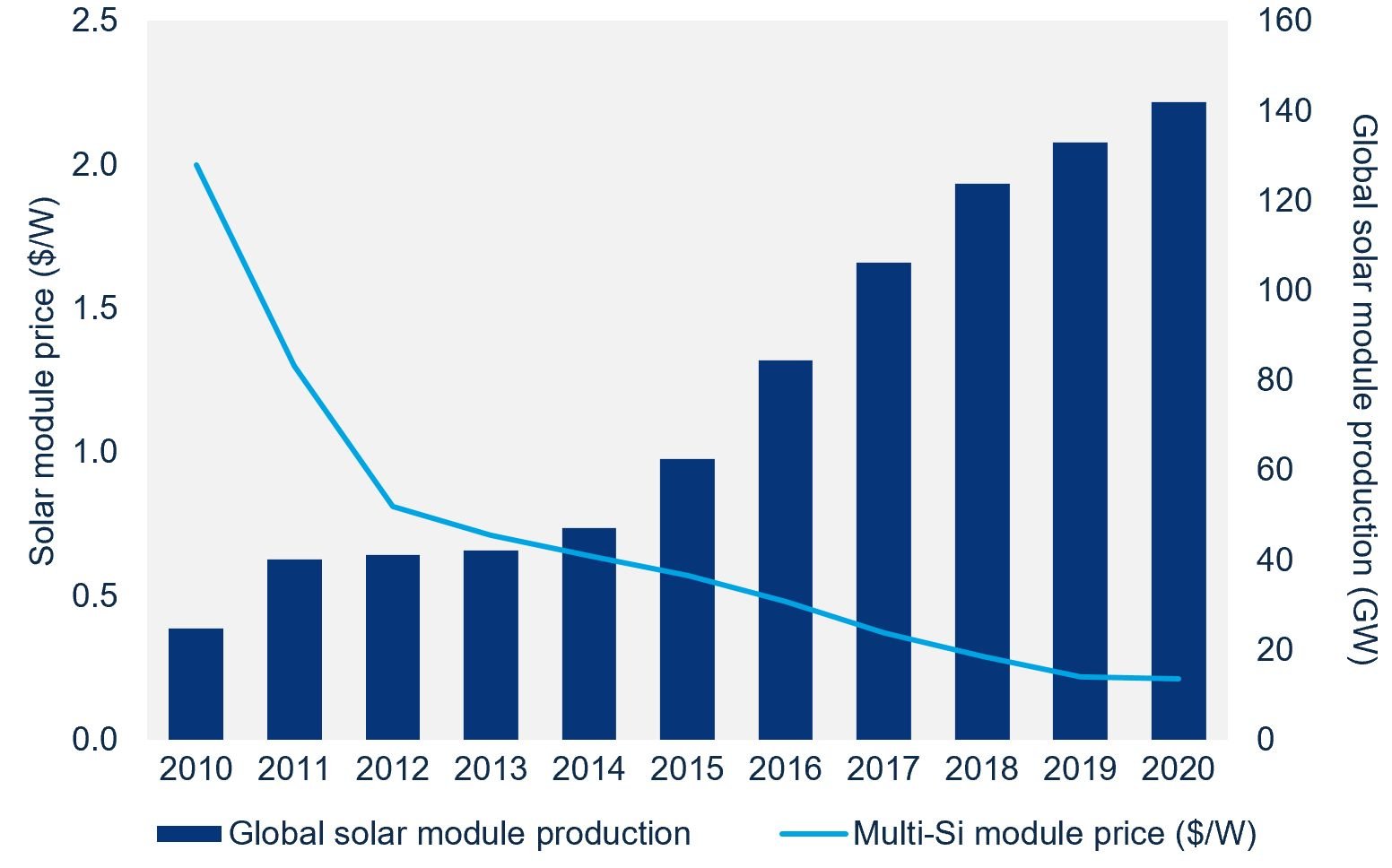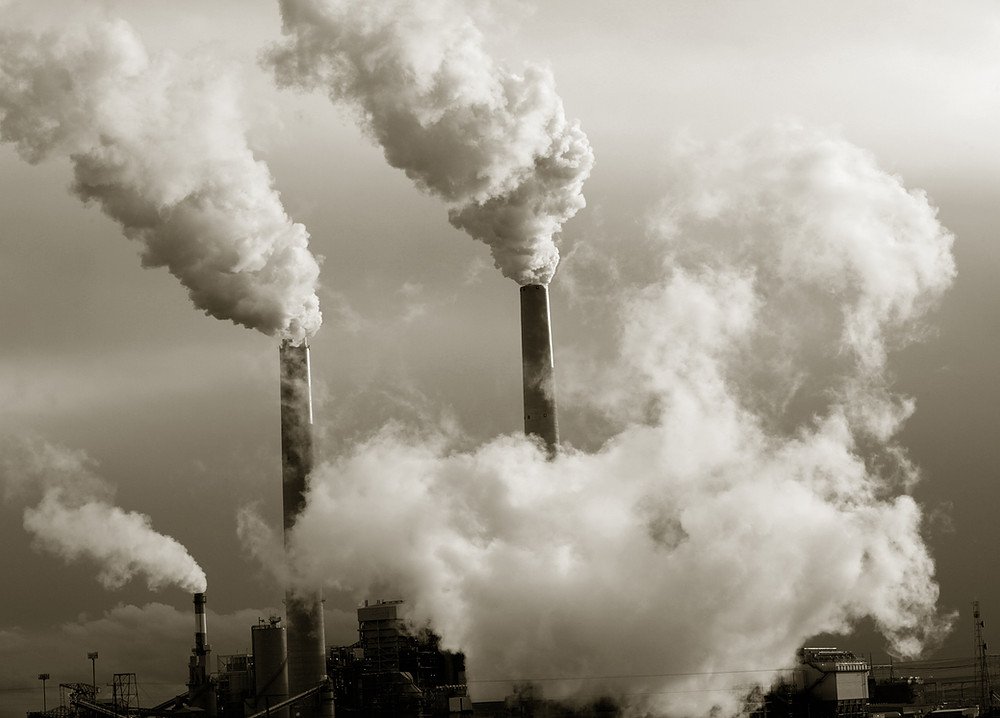
How Green is Your Renewable Energy Tariff?
In the face of the Climate Crisis it can be overwhelming knowing where to start living a more sustainable, greener lifestyle.
Look at any ‘Top 10 Ways to Live More Sustainably’ list and you’ll likely see that one of the recommended actions for anyone concerned about their carbon footprint is to switch their energy supply to a 100% renewable tariff.
This, suppliers will tell you, will give you peace of mind that everything you do in your home – from having a cup of tea, to running a hot bath – will be run off entirely renewable energy.
In short, you’ll be able to live your life as normal, but in a greener way.
However, as well-intentioned as consumers may be in switching to 100% renewable tariffs, these energy deals may not be as transparent or green as suppliers suggest – and can be rife with greenwashing.
Green or Greenwashing?
While the common terminology of ‘100% renewable’ might lead you into thinking that the energy you use comes directly from a wind turbine somewhere in Ireland, in reality it isn’t that straight forward.
Suppliers can offer a renewable energy tariff even if they do not actually own any renewable energy infrastructure or projects.
This can be achieved either through the supplier promising to use 100% of the income from customers of such tariffs to invest in developing renewable energy infrastructure in the future, or to purchase energy directly from an existing solar array or windfarm.
There is also a third, very common way, which is considerably less transparent to the consumer – and which has entirely dubious climate credentials.
Energy suppliers can trade renewable energy certificates – known as renewable energy guarantee of origin certificates (REGOS) or guarantees of origin (GOs) – and loopholes in the system mean that they can be double counted, allowing suppliers to look green when, in fact, they are anything but.
Double Counting Deception
Ireland is still reliant on oil and other fossil fuels to meet total energy demand across the nation. Credit: SEAI
So how does this work in practice?
A corporation or public body with clean energy targets could approach a solar farm and buy its electricity directly from them, receiving certificates for every megawatt hour of energy generated. The same corporation or public body could then choose to sell these certificates to an energy supplier.
This means that the corporation is still using the electricity that has been generated from the solar farm – for which the certificates were produced – but now both the corporation and the energy supplier are laying claim to it.
Shell’s ‘100% renewable’ offering is just the same old brown First Utility power plus some very cheap REGOs. The only change is deceiving customers - there is no added benefit for the climate, just greenwashing. Credit: EnergyPost
In short, the renewable energy has been counted twice.
Once by the corporation who use it as proof that they have reached their clean energy target, and once by the energy supplier who claim that they have sourced electricity from a renewable source.
The energy supplier could then bundle this with other green energy options in order to support their claims that all the energy under their ‘100% renewable energy’ tariff comes from clean, green sources – even though it doesn’t.
This makes it very murky for the consumer to understand, and allows suppliers to get away with using more fossil fuels.
We’d highly recommend Energy Post’s article Stop Trading Renewable Energy Supply Certificates, Speed Up Transition for more on this.
Two Into One Doesn’t Go
This has incredibly dire real-world implications.
In order to meet its pledge to cut greenhouse gas emissions in the face of the Climate Crisis, Ireland has vowed to increase the share of energy generated from renewable sources.
Yet, in 2020, the overall renewable energy share in Ireland was just 13.5% – meaning Ireland did not meet its mandatory target of 16% under the EU Renewable Energy Directive.
“Direct use of coal, peat, oil and natural gas all increased”
So, while more energy suppliers are promoting a ‘100% renewable energy’ tariffs, we as a nation are failing to hit our renewable energy generation targets.
So where is the energy coming from?
Looking at the SEAI’s Energy In Ireland report for 2019 – which gives a clearer picture than the 2020 report, due to the impact of the Covid-19 pandemic – we see that 89% of Ireland’s energy is generated directly from fossil fuels.
In a stark line, the report states: “Final energy use of fossil fuels increased by 4.8%. Direct use of coal, peat, oil and natural gas all increased”.
As a result, in 2019, carbon dioxide emissions from the combustion of fossil fuels accounted for 59% of Ireland’s total greenhouse gas emissions.
So it is entirely possible that the energy you’re using on your ‘100% Renewable’ tariff has come from gas, peat or gas, and then has been ‘offset’ through the purchase of REGO certificates.
In other words, this is nothing but greenwashing.
As we have previously highlighted, the concept of ‘offsetting’ is simply deceptive and doesn’t work.
See our article Applegreen-washing: Separating Action From Marketing Ploys
Installing your own solar panels has never been more affordable, and the SEAI offers grants to help with initial installation costs. Credit: Wood Mackenzie
What You Can Do
Switching to a 100% renewable energy tariff is still a vital form of climate action, but the lack of transparency from the industry, regulators and Government means that you will have to do your homework to ensure that you are getting what you’re promised.
In the first instance, we would recommend that you contact your supplier to find out what percentage of your energy actually comes from renewable sources, and how much their tariff is reliant on GOs.
They must disclose this information if you ask for it. Ensure you email them so that you have everything in writing.
Secondly, we’d recommend that you contact your local TD and raise this issue. Tell them that you are concerned about the lack of transparency around renewable energy tariffs, and feel free to share this article with them. Ask them to raise this issue in the Dáil.
You can find your local TD here.
Be sure to copy in the Department of the Environment, Climate and Communications into any emails you send to your TD. Their email address is: customer.service@decc.gov.ie
Thirdly, and finally, the only way to ensure you are getting 100% renewable energy in your home or business is to install your own solar array or wind generator. The cost to install renewable energy sources has never been lower, and SEAI offers grants to help you cover the initial costs – they also offer grants to help improve insulation, which will also reduce your energy consumption.
Not only will this save you money, but it will give you peace of mind that you are doing your part to cut your carbon footprint and help us avert the worst outcomes of the Climate Crisis.
What To Read Next
Don’t Put Your Faith In Carbon Capture
Carbon capture promises a solution in the face of the Climate Crisis, but in reality is falls far short of the mark, and is even used to justify new fossil fuel projects
There’s No Such Thing As ‘Clean’ Gas
The gas industry in Ireland is engaging in greenwashing to promote renewable gas as a 'clean' solution - when, in reality, it is worsening the Climate Crisis






